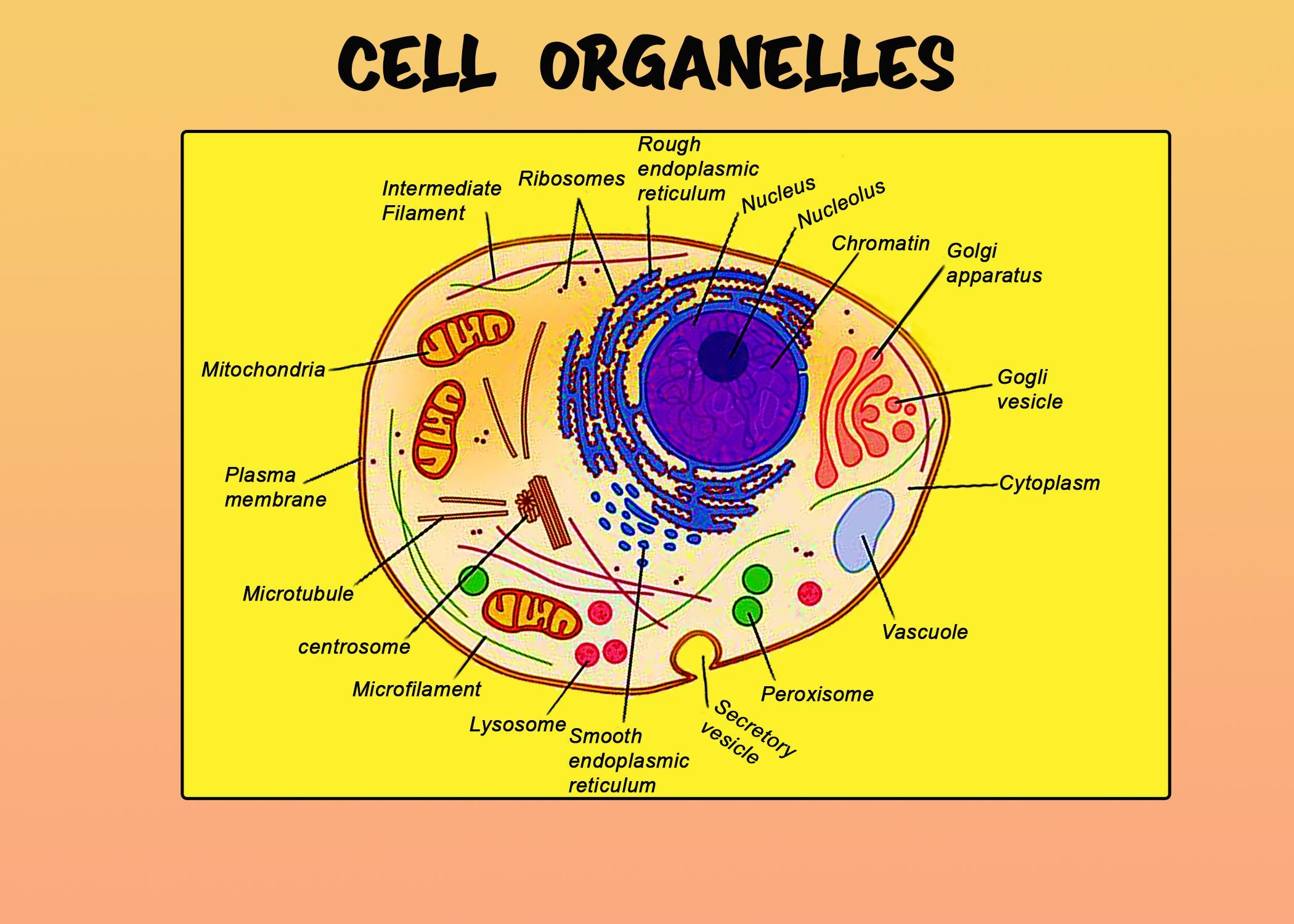
Differentiate between cell organelles and cell inclusions.
(a)Cell organelles are living components, cell inclusions are non-living components
(b)Cell organelles are non-living components, cell inclusions are living components
(c)Both (a) and (b)
(d)None of the above
Answer
557.1k+ views
Hint: Cell is defined as the structural and functional unit of all living organisms. A cell can be replicated by itself independently. The cell contains a fluid called cytoplasm which is enclosed within the cell membrane. The cell consists of several organs that perform different functions to carry out life processes. They provide structure and support to the organism.
Complete answer:
Cell organelles are living components and cell inclusions are non-living components.

So, the correct answer is 'Cell organelles are living components, cell inclusions are non-living components'.
Note: It is discovered that our body contains around 75-100 trillion cells. Cell's nucleoid contains the cell’s DNA which is the source of genetic information. Cells can vary their size from 1-100 micrometers. Our body contains about 95% of bacterial cells among which the majority of them live on the skin. If a cell is infected or undergoes any damage it destroys itself and this process is known as apoptosis. If a cell is unable to undergo apoptosis it is the result of the development of cancer.
Complete answer:
Cell organelles are living components and cell inclusions are non-living components.
| Cell organelles | Cell inclusions |
| Cell organelles are the cellular components that include both membrane and non-membrane-bound organelles present in cells. | Cell inclusions are non-living substances which are intracellular and are not bound by any membrane. |
| They are distinct in their structure and functions. | They do not carry out any metabolic activity. |
| Some of them provide shape and support whereas some help with the locomotion and reproduction of the cell. | They are stored within the cytosol of the cytoplasm in the form of nutrients, secretory products, and granular pigments. |
| The organelles are categorized into three parts based on the presence or absence of membrane: organelle is without membrane, single membrane-bound organelles, and doubles membrane-bound organelle. | They are considered as the various or nutrients pigments which can be found within the cell. |
| The cell wall, ribosomes are some of the organelles without membrane. Vacuole, lysosome, endoplasmic reticulum are some of the single membrane-bound organelles. Nucleus, mitochondria, and chloroplast are some of the double membrane-bound organelles. | Cell inclusions include glycogen, lipids, and pigments like melanin, hemosiderin, and lipofuscin. |

So, the correct answer is 'Cell organelles are living components, cell inclusions are non-living components'.
Note: It is discovered that our body contains around 75-100 trillion cells. Cell's nucleoid contains the cell’s DNA which is the source of genetic information. Cells can vary their size from 1-100 micrometers. Our body contains about 95% of bacterial cells among which the majority of them live on the skin. If a cell is infected or undergoes any damage it destroys itself and this process is known as apoptosis. If a cell is unable to undergo apoptosis it is the result of the development of cancer.
Recently Updated Pages
The number of solutions in x in 02pi for which sqrt class 12 maths CBSE

Write any two methods of preparation of phenol Give class 12 chemistry CBSE

Differentiate between action potential and resting class 12 biology CBSE

Two plane mirrors arranged at right angles to each class 12 physics CBSE

Which of the following molecules is are chiral A I class 12 chemistry CBSE

Name different types of neurons and give one function class 12 biology CBSE

Trending doubts
One Metric ton is equal to kg A 10000 B 1000 C 100 class 11 physics CBSE

What is 1s 2s 2p 3s 3p class 11 chemistry CBSE

Discuss the various forms of bacteria class 11 biology CBSE

State the laws of reflection of light

Explain zero factorial class 11 maths CBSE

An example of chemosynthetic bacteria is A E coli B class 11 biology CBSE




